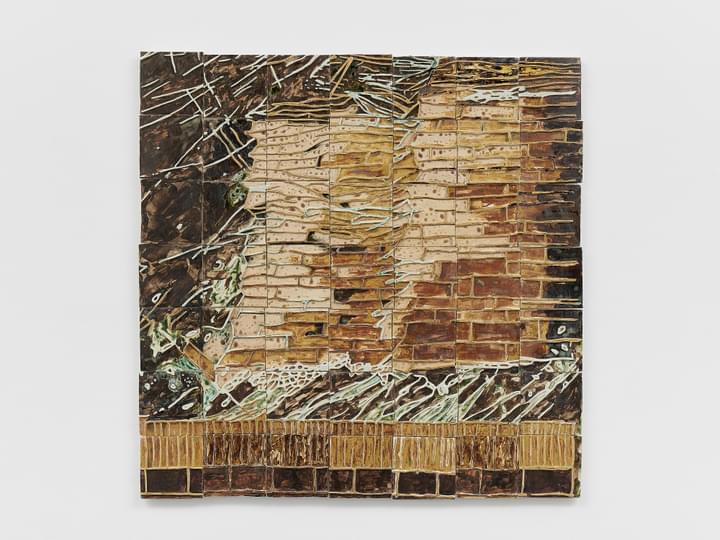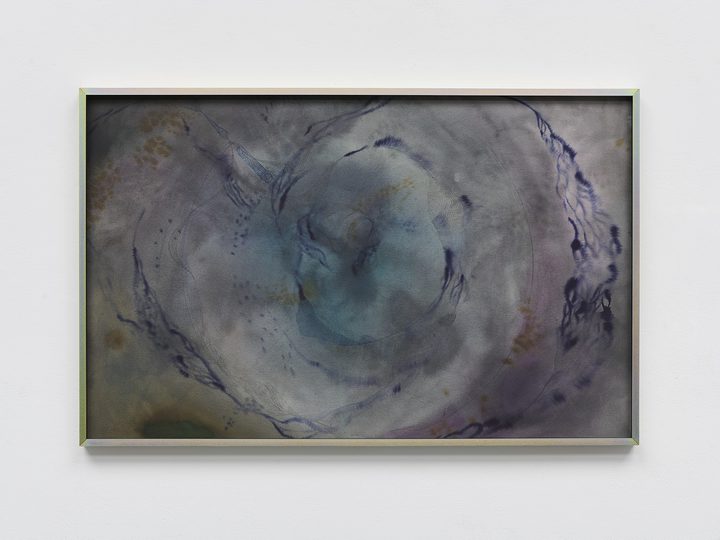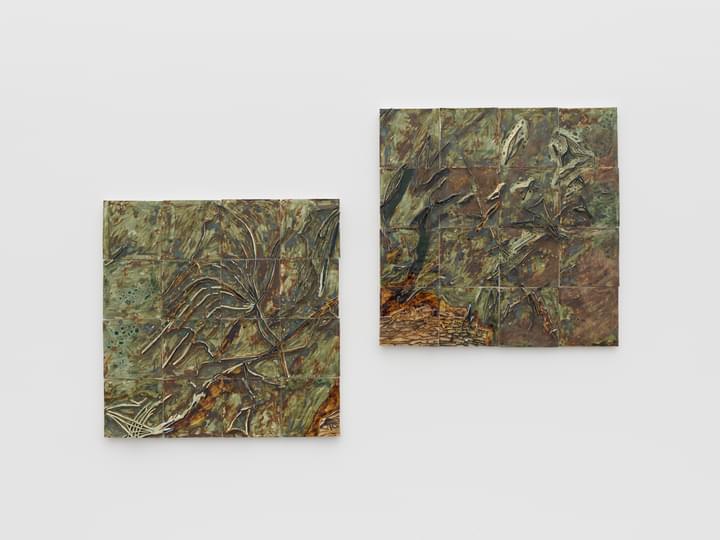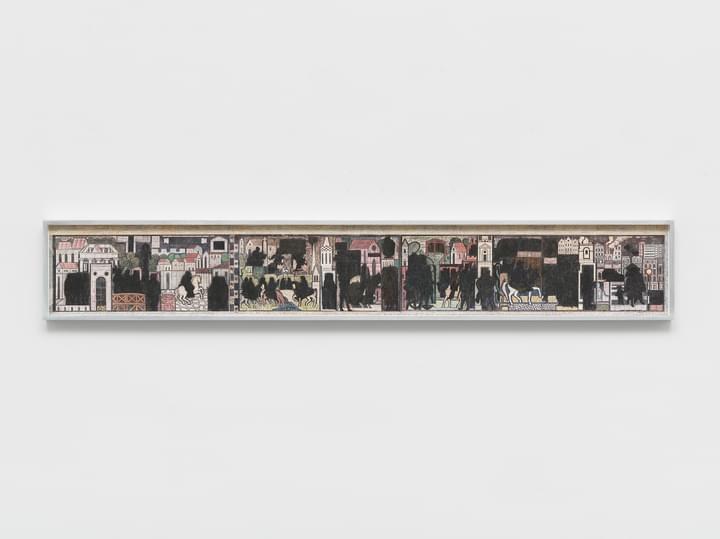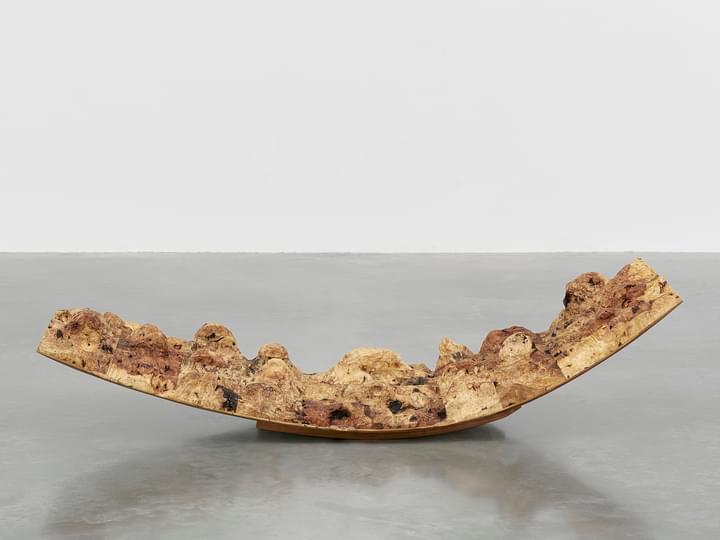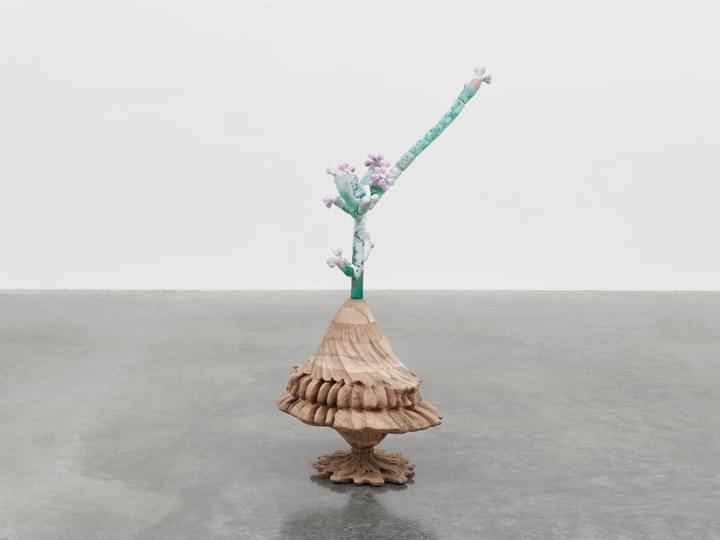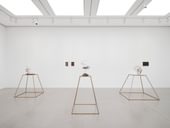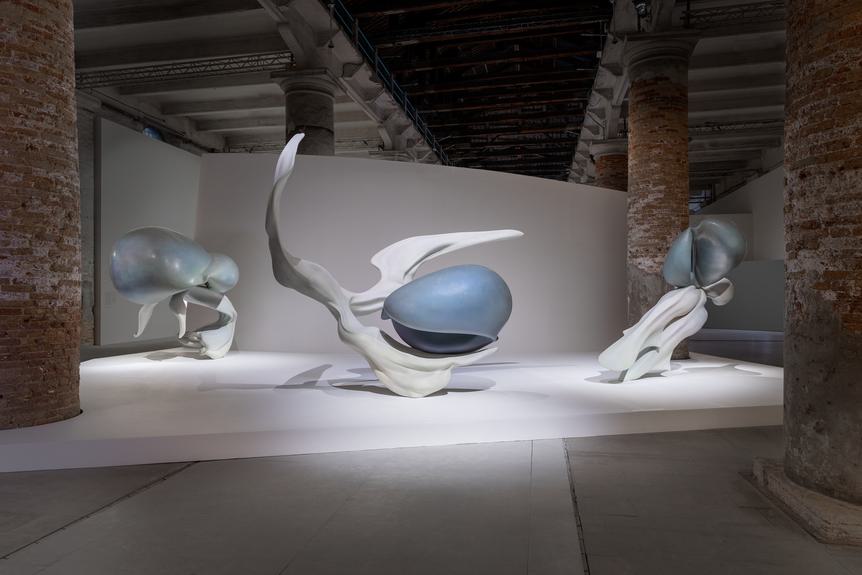
Migrations, 59th Venice Biennale, 2022
Marguerite Humeau
Lives and works in London, UK
B. 1986
Artworks
a circular piece of land as an access to the nets of spacetime III (the disappearance of the bird
2024
II - I witnessed, a story of origins: the nuptial flight of two flying winged termites at dusk. The
2022
'Migrations (EI Niño, La Niña, Kuroshio)', 59th Venice Biennale, curated by Cecilia Alemani
23 April – 27 November 2022
Noxcalidus, The intense heat on the skin of a sleeping person, as if all their secret delusions
2022
Exhibitions
Gallery Exhibition
Marguerite Humeau
DUST
7 June – 17 August 2024
Gallery Exhibition
The Embodied Spirit
5 September – 21 December 2023
Gallery Exhibition
Marguerite Humeau
meys
5 April – 14 May 2023
Gallery Exhibition
Earthseed
Julie Curtiss, Loie Hollowell, Marguerite Humeau
18 October 2022 – 21 January 2023
Museum Exhibitions
Find out more22 May - 19 October 2025 | Copenhagen
3 December 2024 - 30 March 2025 | Miami, FL
Marguerite Humeau, ‘Orisons’, curated and produced by Black Cube Nomadic Art Museum
23 July 2023 - 30 June 2025 | San Luis Valley, Colorado, USA
New Print
Marguerite Humeau
Botrychium Lunaria (For Tonight’s Dreams)
Informed by Humeau’s fascination with ancient knowledges, Botrychium Lunaria (For Tonight’s Dreams) combines lithography with screenprinting and marks the artist’s first time working with either medium.
Films
Marguerite Humeau on 'meys'
On the occasion of Marguerite Humeau’s solo exhibition, ‘meys’ at White Cube Bermondsey, the artist shares the inspirations, ideas, materials and processes that form the body of work on show. Constructed as a journey through the gallery, the exhibition comprises sound, moving image and sculpture to explore ideas of collective intelligence and interdependence.
Marguerite Humeau and Charlotte Burns
To coincide with Marguerite Humeau’s exhibition ‘meys’ at White Cube Bermondsey in 2023, journalist Charlotte Burns joined the artist in conversation.
Marguerite Humeau on 'meys'
On the occasion of Marguerite Humeau’s solo exhibition, ‘meys’ at White Cube Bermondsey, the artist shares the inspirations, ideas, materials and processes that form the body of work on show.
Marguerite Humeau
Marguerite Humeau’s work lingers on the intersection between life and death, and in this film the artist speaks of how ‘a lot of my work is about speculating on worlds and ecosystems that don’t exist anymore’.
News
Find out more1 April 2025 | White Cube Bermondsey
7 September - 1 December 2024 | South Korea
17 June 2023 | Basel, Switzerland
Create an Account
To view available artworks and access prices.


